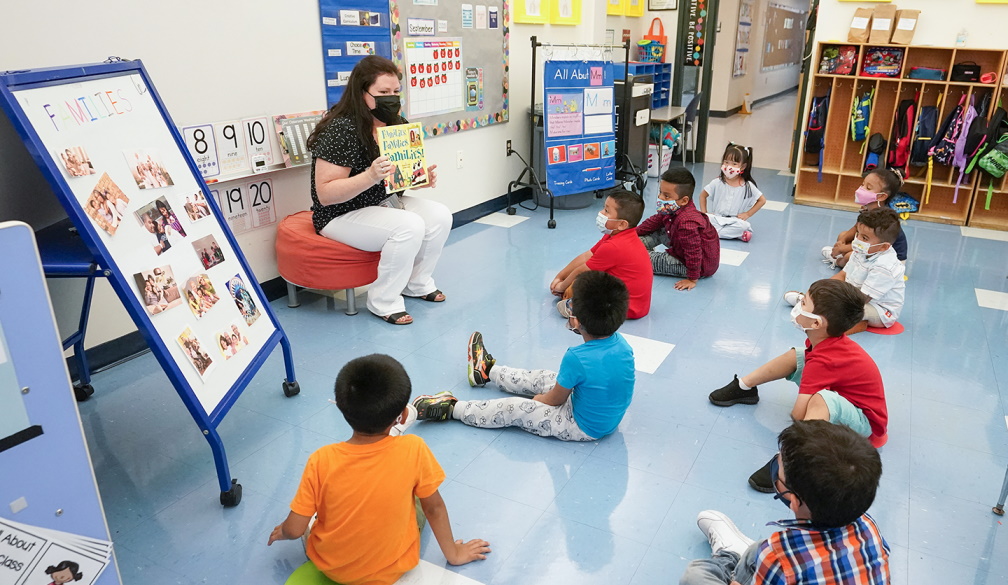Effective Techniques To Teach Children About Telling The Time
- Written by NewsServices.com

The world is increasingly digital. People communicate via electronic messages and even make phone calls over the internet. It’s resulting in a generation struggling with literacy, alongside being unable to read properly this includes being unable to tell the time.
After all, modern children are used to simply reading the time from a digital screen. Yet, being able to read an analogue watch is still considered an essential skill. After all, how else can you tell the time when you have no digital tech around? Analogue watches are also seen as more elegant and easier to read, once you know-how.
Teaching your child to tell the time is surprisingly easy. However, before you start you should make sure that your chosen childcare centre reinforces this teaching. Reputable places, such as this childcare Chifley, recognize the importance of teaching all skills to children.
Start With The Watch Face
In order to tell the time your child has to recognize the watch face. You can do this with printouts. Start with a watch face that has every number marked and positioned. Get your child to learn where the numbers are.
You can then switch to clock faces that don’t have all the numbers, ensuring your child knows how the clock face works regardless of what numbers are present.
While doing this you should also introduce the hands. That’s the big hand, the little hand, and the second hand, if the clock has one.
Start With the Hours
Once your child is comfortable with the layout and parts of the clock you can introduce them to the hour. Simply position the little hand, (or hour hand) on a number and the long hand (or minute hand) on the twelve.
This will tell your child what hour it is. For example, the hour hand on four and the minute hand on twelve makes it 4°clock.
Keep changing the hour hand to illustrate the different times and get your child to repeat them. They’ll pick it up fast.
Add Minutes
You can then move the minute hand. Explain that the o-clock position is simply the minute hand on sixty, which is how many minutes are in an hour.
Start simple by placing the minute hand on the three and use a clock that has markers for every minute.
You can then tell your child that the minute hand on three equates to fifteen minutes, count the markers to prove it.
Then, label the clock with the minutes, replacing the 1 with 5, then 2 with 10, and so on. This will help your child identify how many minutes the time is past the hour.
Practice
Times after 30 minutes will be the most confusing for children as the small hand will seem more like it is pointing at the next hour than the one it's just past. The best way for children to understand this and get it right is simply to practice. Do a little practice every day and your child will quickly be able to tell the time accurately.



















